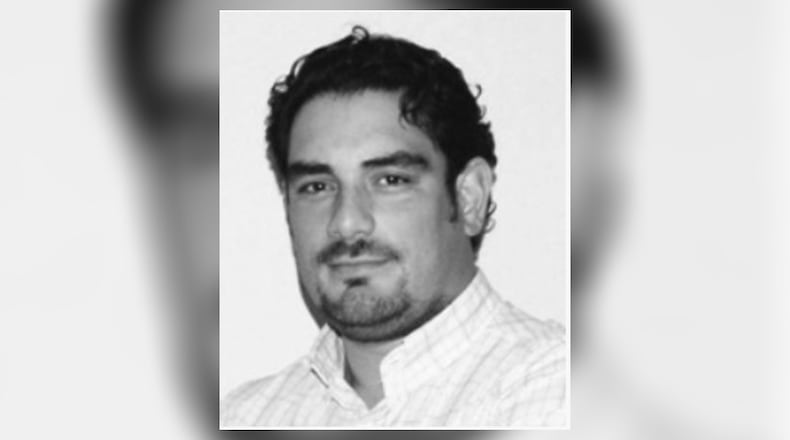For the Air Force, this level of specificity means its leaders will be better positioned to make decisions about the health threat levels and needed medical personnel and supplies at installations and locations around the world.
The principal investigator from Chile is Dr. Tomas Perez-Acle, director of Computational Biology at Fundacion Ciencia y Vida and professor at the University of Valparaiso. He specializes in producing multi-scale computational models to understand the structure and dynamics of complex biological phenomena.
When the COVID-19 pandemic hit, the government of Chile turned to Perez-Acle for a model that would allow them to better understand the spread of the novel coronavirus, and one which could inform important quarantine decisions in the country. In these high stakes times, he has relied heavily on research results generated from a $160,000 grant issued by AFRL’s Air Force Office of Scientific Research that modeled population behavior.
This grant allowed him to test the effects of applying modern probability techniques on top of classic epidemic models like SEIR (Susceptible - Exposed - Infectious - Recovered). When the grant ended in 2018, he had shown that by incorporating the latest computational methods and high-performance computing, one could produce data much more quickly than was possible in the past. Speed, along with geographically specific predictions, has made his approach a first of its kind.
Perez-Acle’s shift to coronavirus dispersion modeling in Chile caught the attention of AFRL International Program Officer, Lt. Col. Daniel Montes. He along with Dr. Qing Wu, AFOSR’s acting chief scientist, and Col. Timothy Lawrence, director of AFRL’s Information Directorate, saw an opportunity to expand on Perez-Acle’s research. They got to work orchestrating a cooperative agreement that involves a 2-year, $498,000 grant issued to Perez-Acle and a mutually beneficial scientific collaboration for both countries.
“Dr. Perez-Acle is one of the world’s leaders in predicting the spreading of diseases. He was well known for his predictions during Ebola from his research campus in Santiago,” said Lawrence. “Now, thanks to AFOSR, we are able to harness his mathematical expertise to collaborate on predictions here in the U.S.”
The research at the core of the new cooperative agreement will take place in both countries. Perez-Acle’s team will use powerful workstations in Chile to perform model development and validation. Working in tandem, AFRL researchers in Rome, New York, will evaluate the models using Department of Defense High Performance Computing resources and publically available mobility, geographic and health data from the individual counties of New York state.
“The team from the AFRL Information Directorate in Rome, New York, looks forward to leading the technical direction for AFRL, coordinating data with New York state, providing subject matter expertise on computational optimization, and running generated algorithms on DoD HPC resources,” said project lead Peter LaMonica.
Also expected to collaborate on this project is the AFRL Autonomy Capability Team 3. ACT3 works with university and industry partners to apply and transition AI and machine learning research in Air Force systems.
“Not only will the project provide opportunity for substantial improvements to the enhanced SEIR model but also high-powered computing, AI enhancements and a crucial use case for evaluating the model using data from New York state,” said Montes.
While this research looks promising, it is still considered basic, meaning that more foundational understanding is needed before it can be applied broadly. Researchers anticipate that by evaluating a larger dataset and incorporating AI, they will be able to realize performance improvements. Those improvements include more accurate models at national, state and regional levels and more computationally efficient algorithms that can learn and predict at scale.
“Situations like the one we find ourselves in today show how important it is for AFOSR to fund a variety of basic research efforts around the world,” said Wu. “When a potential application presents itself, we have the right networks, people and knowledge in place to act quickly in search of answers.”
About the Author
